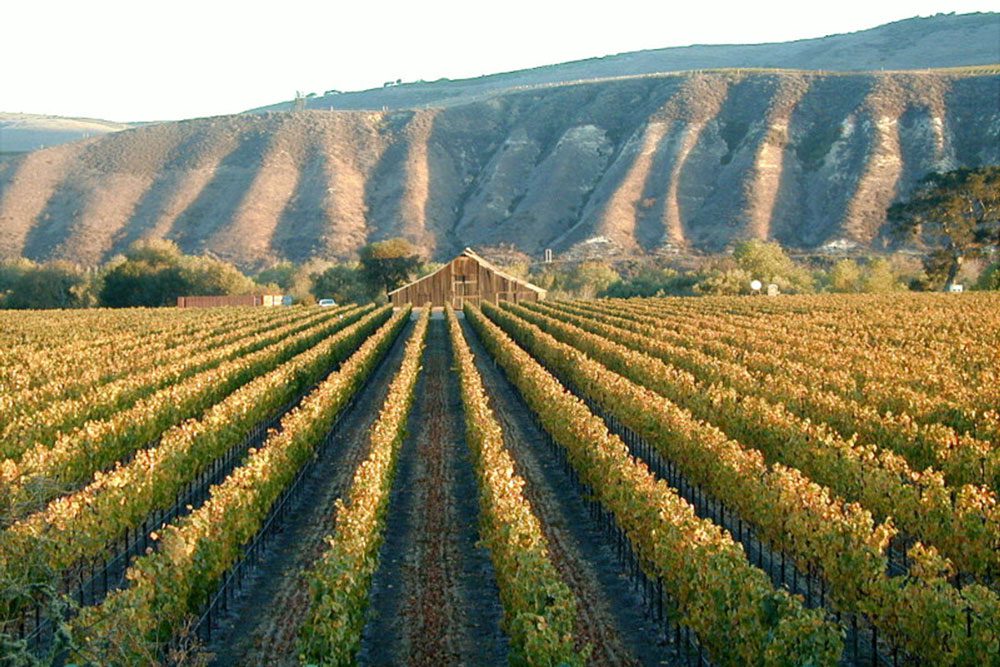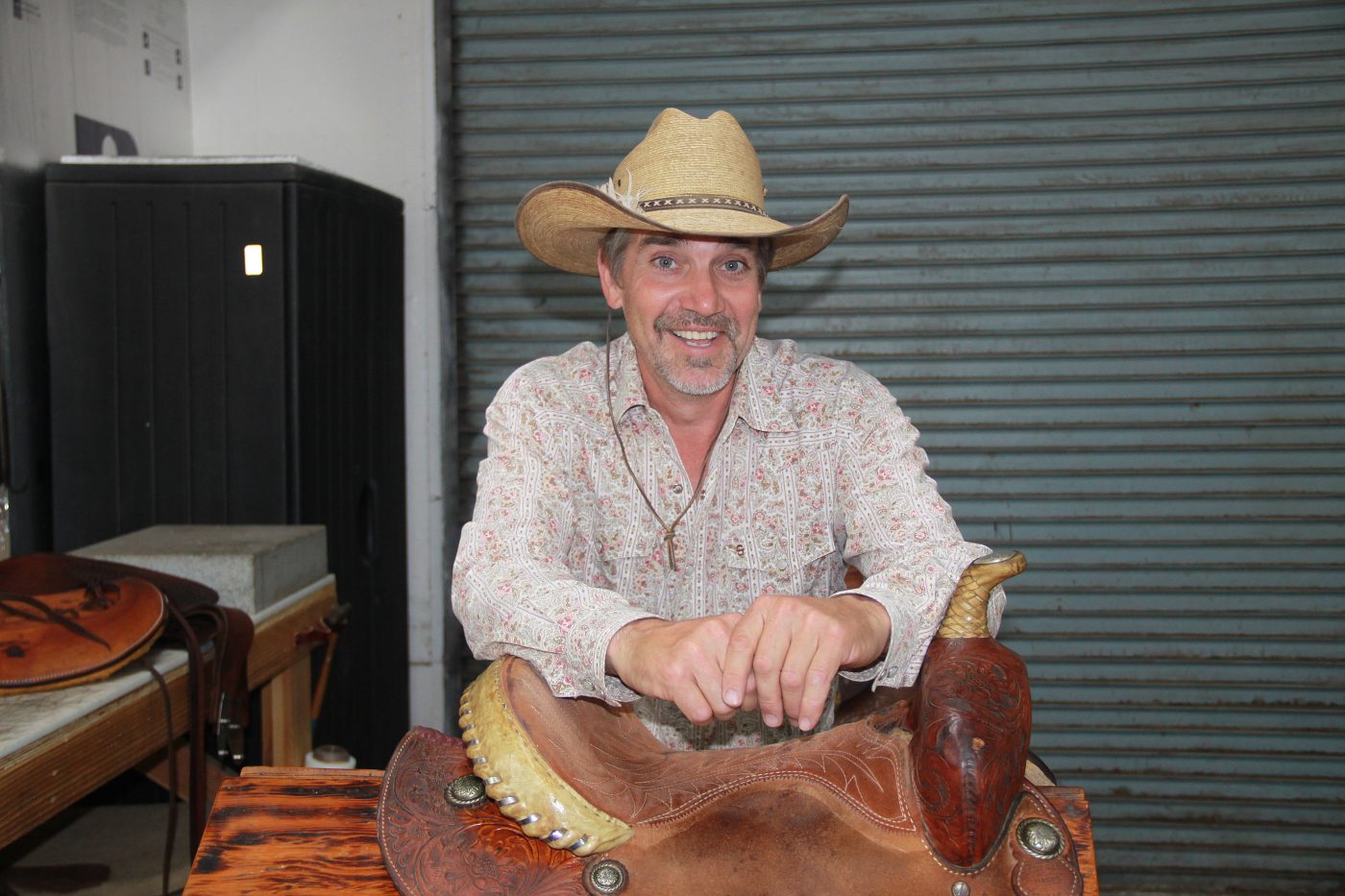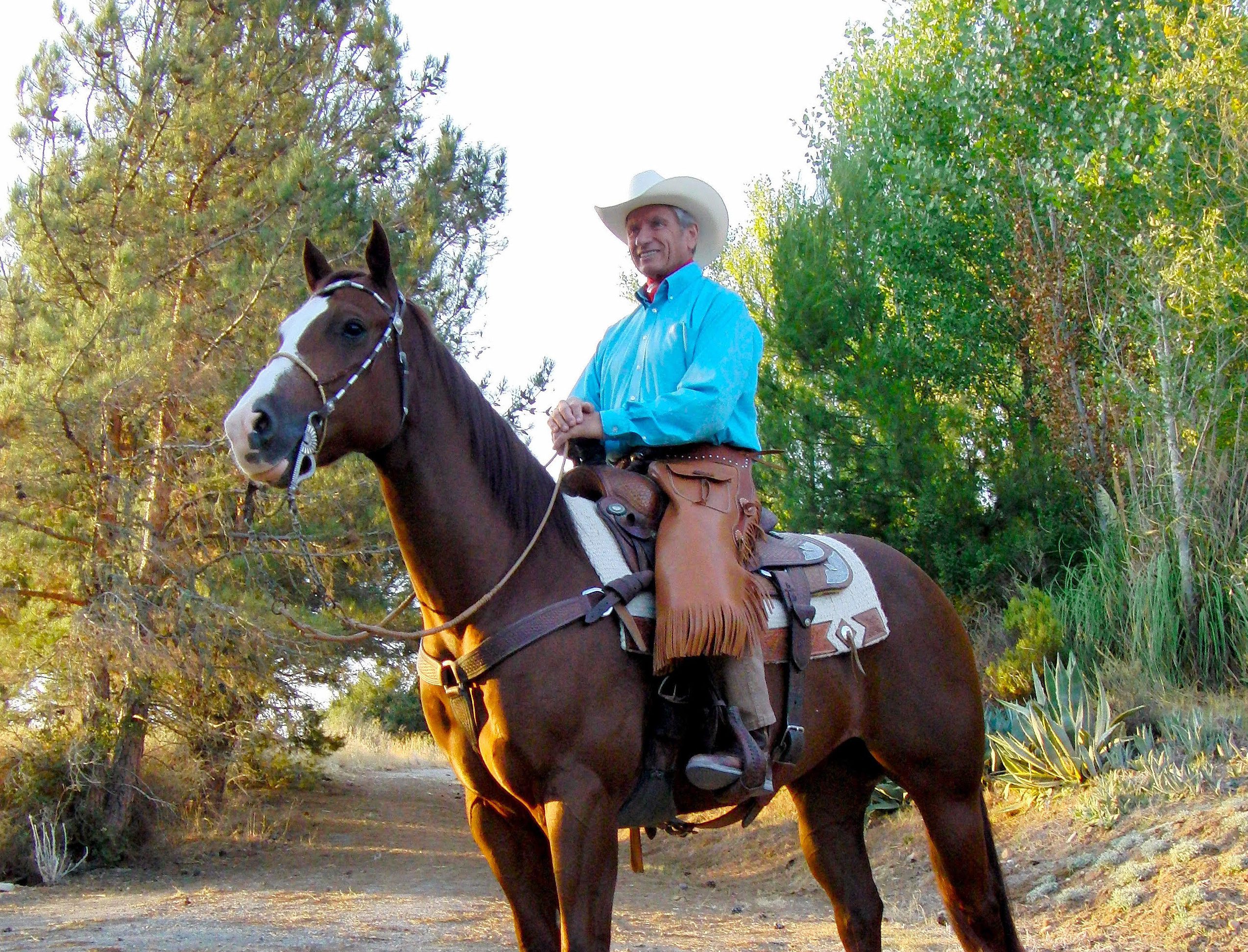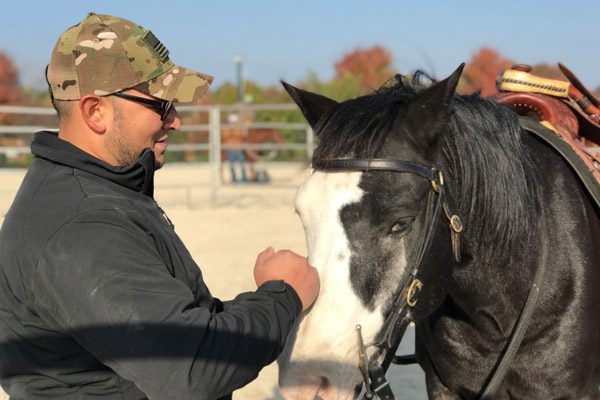By Laurie Jervis
Noozhawk Contributing Writer
County, state and federal officials gathered Feb. 8 to showcase Santa Barbara County’s reputation as an agricultural leader and to address issues facing the industry.
The program, “Growing Possibilities,” was organized and sponsored by the EconAlliance, a nonprofit organization that targets industry, innovation and the workforce in northern Santa Barbara County. The event was held at the Santa Maria Fairpark.
Allan Hancock College was the event’s premier sponsor, and Kevin Walthers, the college’s superintendent/president, moderated a panel with representatives from the agriculture, growing/shipping, viticulture and cannabis industries.
The panel, titled “Land Use, Water, Housing and Labor,” included Claire Wineman, president of the Grower-Shipper Association of Santa Barbara and San Luis Obispo Counties; Larry Ferini, president of Rancho Laguna Farms; Jeff Newton, president/CEO of Coastal Vineyard Care Associates; and John De Friel, CEO of Central Coast Agriculture.
When Walthers asked the panelists to outline future goals, their responses ranged from improved ergonomics for employees to more use of biodegradable plastics in packaging and incorporating climate-change challenges into daily farming practices.
“Our weather is very dynamic these days; we have big curves” from cold to warm, Ferini said.
Of the cannabis industry, De Friel noted the challenge of “exiting an illegal market and moving to a legal one.”
Santa Barbara County and California in general are suffering from a glut of wine grapes because of reduced consumer demand coupled with an increase in planted acreage, Newton said.
All four panelists voiced concern about the county’s lack of affordable housing for their employees.
“If you could change one government rule, what would it be?” Walthers asked the participants.
“Direct to consumer wine sales (tasting rooms) are vital to the wine industry, and San Luis Obispo County tops ours on food, wine and lodging,” Newton replied. “Santa Barbara County is a tough place to do business.”
Ferini said, “The new water/agriculture order is very draconian and insensitive to agriculture.”
Wineman added, “Our county’s regulations make it difficult to compete with other states and to business.”
De Friel said: “The amount of time spent dealing with politics and policies, and the turnaround time required with planning permits.”
On the flip side, the panelists agreed that watching young employees “grow with a company” and developing “long-term relationships” with staff makes up for long hours and regulations.
“It’s the people, busting their butts to pick strawberries” for consumers to enjoy, and “watching people succeed” in their employment, Ferini said. “We are here for one another’s success.”
Also featured at the forum were Karen Ross, secretary of the California Department of Food and Agriculture, and Stephen Censky, deputy secretary of the U.S. Department of Agriculture.
Joe Halsell, president of the EconAlliance board of directors, and George Adam, the organization’s ag team lead, welcomed the 200-plus attendees and introduced speaker Cathy Fisher, Santa Barbara County’s agricultural commissioner.
It was Fisher who shared local agricultural trivia: If one lined up all of the strawberries grown in Santa Barbara County, they would circle the world 15 times.
Quoting data from the 2018 Crop Report, she noted that Santa Barbara County’s gross agricultural production was valued at $1.5 billion. Strawberries topped the list, followed by wine grapes, nursery products, cut flowers and broccoli, she said. But despite its high grosses, 2018 also posed challenges.
She noted that year was also an “extreme weather year” because of the Thomas Fire, which affected growth of orchids, flowers and citrus, and the subsequent debris flow, which closed Highway 101, severely limiting crop transport and tourism. In addition, “we had freezes in both February and December 2018, and heat waves in March and July.”
Among the county’s emerging crops are coffee beans, finger (caviar) limes, agave and, offshore, “our access to 127 species of fish and crustaceans, which represent an additional $13 million in production,” Fisher said, adding that registered bee hives represent an additional $635,328 in growth.
Again citing 2018 figures, Canada was “by far” the leader in exports from Santa Barbara County, with 4,282 “phytos” (a phytosanitary certificate issued by the exporting country), followed by Japan with 699 and Mexico with 466, Fisher said.
Furthermore, “Santa Barbara County was one of the first counties to get strawberries into China.”
Ross outlined the state’s ongoing issues with labor, water and climate change, and Censky focused on the strength of trade with the United States, Canada and Mexico. While sustainable agriculture is the goal, he said, it must be viable for producers and address both social and environmental factors.
“Agriculture needs to be science based, but (also) welcome new technologies,” he said.
Both the Santa Barbara County Farm Bureau, which is celebrating 100 years of service, and various representatives from the many families with 80-plus years of cattle production were honored during the forum.
Addressing the “Art & Science of Food Safety” was Scott Horsfall, CEO of California Leafy Greens Marketing Agreement. The organization was formed in 2007 on the heels of the September 2006 E. coli outbreak during which 200 people fell ill and four died. Subsequent E. coli outbreaks in 2018 and 2019 were traced to irrigation water in California and Arizona, but never to individual farms, Horsfall noted.
Go to www.econalliance.org for more information about the EconAlliance.
Laurie Jervis tweets at @lauriejervis and can be reached via winecountrywriter@gmail.com.







